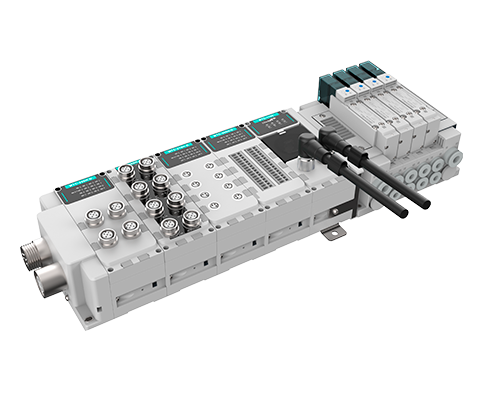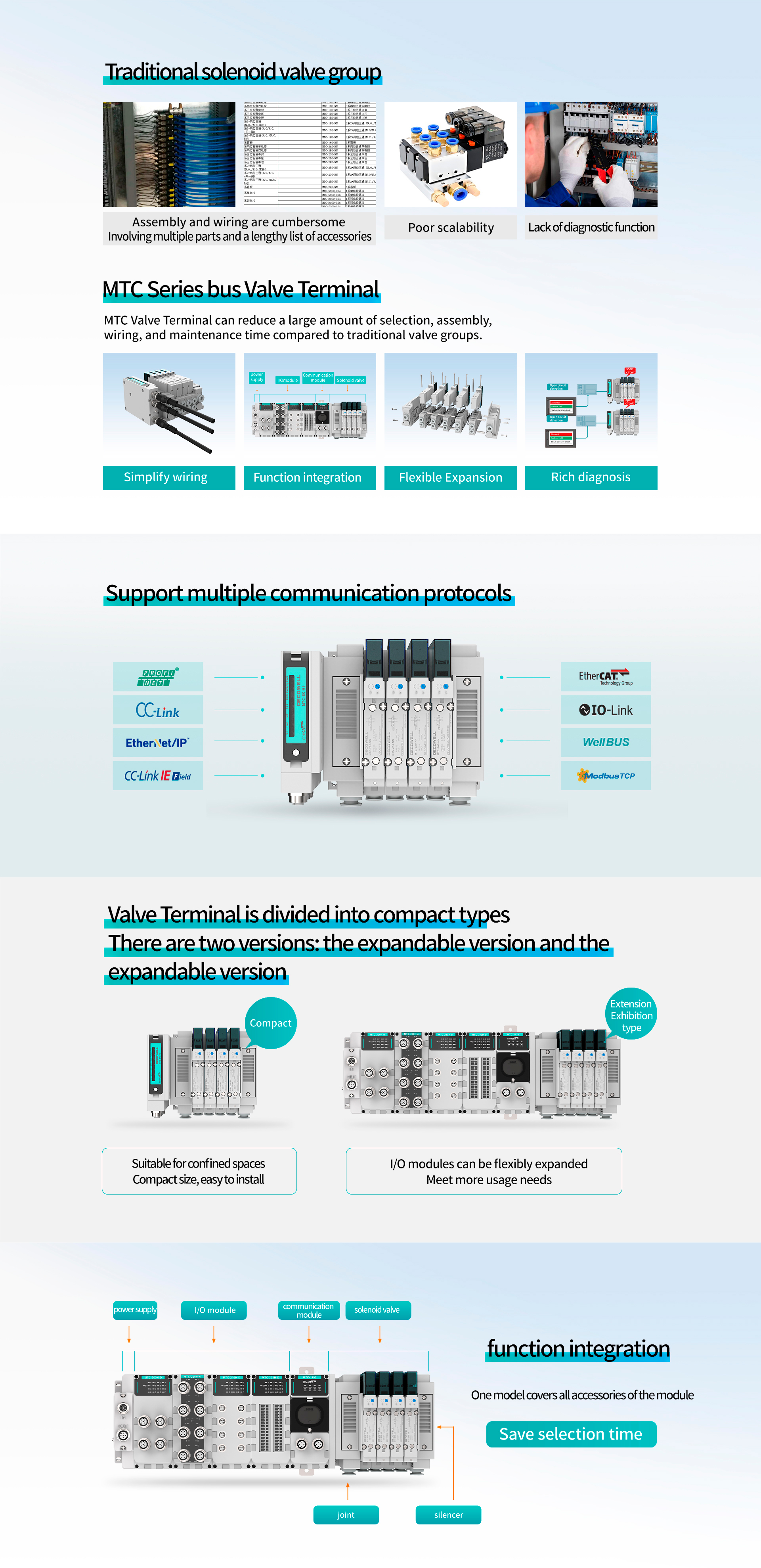Picture this: you’re in the middle of an important operation, and suddenly, your valve terminal starts acting up. Frustrating, right? Many folks don’t realize that a faulty valve terminal can lead to downtime, which is serious business in any industry. The valve terminal plays a critical role in controlling fluid power, and ensuring it works effectively can save time and resources. So, what do you do when it fails? Let’s dig into the nitty-gritty of valve terminals and see how you can enhance performance.

Understanding Traditional Solutions: Why They Sometimes Fail
Look, it’s simpler than you think—traditional solutions for valve terminal issues often include routine maintenance and replacements. But here’s the kicker: these fixes can be time-intensive, and let’s be real, not always effective. There’s nothing more frustrating than spending time and money on a solution that gives subpar results. Sometimes, those maintenance schedules just can’t keep up with the technological advancements happening all around us.
Diving into New Technology Principles
Now, let’s transition to the exciting stuff—new technology principles! Have you ever heard of smart valve terminals? These bad boys use edge computing nodes, allowing for real-time data monitoring and automatic fault detection. That means less guessing and more precision. This is game-changing, especially in applications where every second counts. Imagine the confidence knowing your valve terminal is smart enough to alert you before an actual failure occurs.
Quantifying User Benefits
So, what’s in it for you? Well, users have reported up to a 30% reduction in downtime thanks to these new technologies. Not just that—cost savings are significant too. By integrating a smart valve terminal, not only do you get enhanced efficiency, but you also reap the benefits of predictive maintenance. This saves both your time and money, allowing your team to focus on what really matters.
Take Action: Evaluating the Right Solutions
Thinking of upgrading your system? Always verify these 3 metrics when choosing solutions: ① Performance efficiency ② Real-time monitoring capabilities ③ Ease of integration with existing systems. With these guidelines, you’re on the right track to an optimized valve terminal setup. The future is looking bright—don’t let a poorly performing valve terminal dim your operations!
The Industrial Valve Island: A Deeper Look
When talking about optimizing fluid control systems, the industrial valve island always comes into play. It’s important to recognize that these components are more than just a collection of valves; they’re designed for modularity and efficiency. This adaptability enables businesses to tweak their operations easily without starting from scratch. Are you leveraging your industrial valve island to its full potential? You’d be surprised at how much flexibility you can get with the right setup, leading to increased productivity and lower operational costs.

Understanding the Valve Island’s Role
The term valve island refers to the centralized control module that houses multiple valves in one unit, streamlining the entire process. Think of it as the brain of your fluid power system. Why is it important? Because it allows for efficient management of different functions that can be controlled from one point. This not only saves space but provides crucial data insights that can inform your next steps. Companies that harness the full power of their valve islands report smoother operations and faster response times, ultimately leading to success.
In summarizing what we’ve covered, mastering valve terminals and the associated technologies can make a huge difference in efficiency and reliability. If you’re in the market for advanced valve solutions, look no further than DECOWELL. They offer a range of high-quality products that enhance performance and lower operational costs, ensuring your systems run like a well-oiled machine. Don’t just settle for less—invest in quality you can trust!